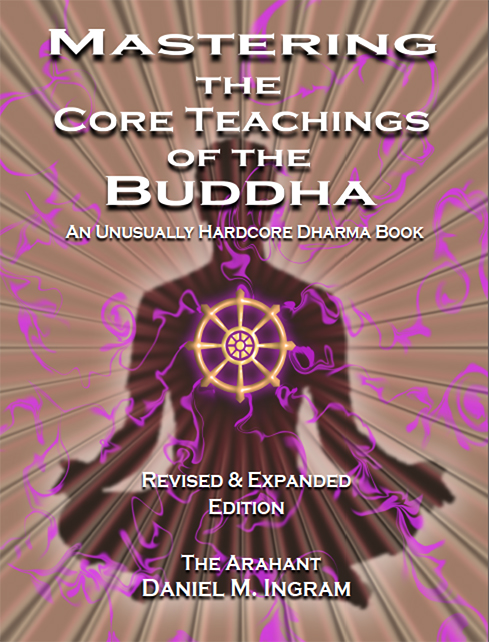General Problems with Current Models
← 37. Models of the Stages of Awakening | Models that are Mostly Unhelpful →
I will get right to the point and list the major general problems with most of the standard models of awakening and then spend some time fleshing out the specifics.
Some models assume predictable linear development, such that if you attain this, next you will attain that, and so on, with this and that being very specifically defined and always following an immutably linear path. I call this “the linear fallacy”. It is not that there aren’t some truths in these models, but there are generally problems as well, and all of the linear models I know of have possible exceptions that I have known of secondhand from my fellow dharma practitioners and some firsthand in myself.
A related set of models are the models that assume there is only one true track along which people progress, usually defined by some specific dogmatic tradition, and these models generally either completely fail to acknowledge other models or disparage other models to some degree, making them more accurately “the one best and only track” models.
Some models assume that if you attain or understand one thing, you will automatically attain or understand something else that might be entirely unrelated, something I call “the package fallacy”. A simple, classic example would be that if you understand the three characteristics of the sensations that make up your sensate world, you will also necessarily not be able to feel certain emotions or will always be a very pleasant person to be around. It is not that packages of abilities, transformations, and understandings don’t occur, as they sometimes do, but most package models presume it will always happen exactly that way or that the packages will always contain the same transformations or elements, when in fact for most of the standard packages there are variants and exceptions as they relate to what happens in real life. Said another way, the package models assume simultaneous, synchronized, guaranteed, perfectly predictable development along totally different axes of development.
Some models assume that, if you can perceive or do something now, you will always be able to (at least until you die, that is, in models that don’t assume realizations carry on into a “next life”). I call this “the permanence fallacy”. It is not that there aren’t some very long-lasting and extremely resilient transformations that can occur, but some of the models that involve permanence have problems that I will touch on in a bit, with what happens when pratitioners have strokes and other health issues that can damage the brain representing the tip of the iceberg.
Some models assume that if you attain something, you will automatically describe your attainments or experience in certain ways, such as using very specific terms or even very specific lists of descriptions. I call this “the descriptive fallacy”.
In a similar vein, some models assume that if you attain something, you will automatically know that you have attained it, what it is called, what it is, what it does, and what it means, as well as all the capabilities it bestows. I call this “the perfect self-diagnosis fallacy”.
Some models assume that there is only one endpoint that is valid, final, or ultimate, and that it will look a certain way, often a very specific way related to a very specific person and how they look or looked. I call this “the final destination fallacy” or, as Kenneth Folk calls it, ”pernicious convergence”, meaning the belief that all roads lead to some very specific final point if you take them all far enough. If you look at the lives of the most accomplished students of the Buddha during his lifetime, such as Sariputta, Dhammadinna, and Moggallana, you will notice that they were much more specialists than they were clones, each having their own skill sets they were particularly good at, their own personalities, their own styles of presentation and emphases. [Definitely check out the remarkable book Great Disciples of the Buddha, Their Lives, Their Works, Their Legacy, by Nyanaponika Thera and Hellmuth Hecker, edited by Bhikkhu Bodhi.]
Thus, we shouldn’t expect practitioners today, who are often coming from significantly more diverse conditioning than those who studied with the Buddha, to be more homogenous than those early students were.
It is worth noting that I have fallen victim to believing all these fallacies to some degree at some point, though now don’t completely accept any of them. Exactly how these fallacies do and don’t apply is complicated. The problem is that many of them do get at something that can and does happen or something that is at least partly true with some qualifiers at points. As I introduce the various models, I will try to point out which of them I feel fall into each of these various traps and to what degrees some of those traps may not actually be traps but contain some valid truths.
← 37. Models of the Stages of Awakening | Models that are Mostly Unhelpful →

